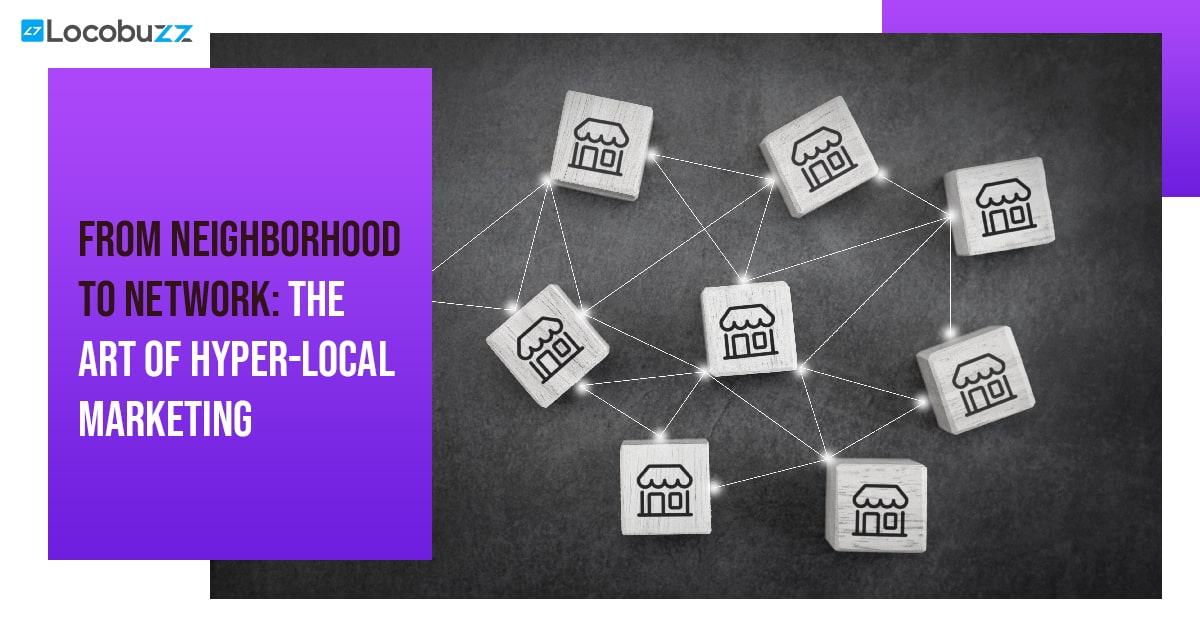Best Customer Retention Practices If You are a B2B SaaS Firm

Customer retention is the key to any successful enterprise. It is, in fact, cheaper to retain a current customer than it is to acquire a new one.
Your current customers are likely to spend 67% more, on average, than a newly acquired customer. Increasing customer retention by as little as 5% can increase company revenue by 25+%. Thus, spending more to retain customers should be a common business practice.
Yet, 44% of companies focus more on acquisition than on retention. This is especially true for SaaS startups. All B2B SaaS firms wish to make a name for impeccable customer service. This is achieved by paying more attention to retention and reducing customer churn.In this blog, we will guide you through some prominent customer retention practices used by SaaS providers.
Table of Contents
Meticulous Onboarding Process for Clear Expectations
Setting the right expectations with your customers can build trust over time. The onboarding process is ideal for letting your customers know what they can expect when they can expect it, and what the TAT will be for inquiries and service tickets.
SaaS Firms can use service-level agreements (SLAs) to decide service provider and customer responsibilities. Avoid the temptation to over-promise. To make a good impression, it makes more sense to under-promise and over-deliver.
Identifying Who “Owns” Customer Churn
A vital question to ask in any SaaS company is – who is in charge of customer retention and churn? The ownership for customer retention can be undertaken by the customer service department, marketing department, or even a cross-functional team.
The marketing team can typically take charge of the churn. They have access and expertise in customer data and automation tools. On top of that, they have deep knowledge of the customer in general.
Determine the Reason for Churn

It is very crucial to determine the reason for customer churn. The action taken to prevent further churn can also generate growth.
One way to start is by calculating retention metrics (customer retention rates, net revenue retention, growth rate, etc.) for all your customers. These metrics give a clear picture of your organization’s retention scenario.
Once the metrics have been analyzed, you can take steps to close gaps and identify problem areas. This can be done by conducting NPS surveys, collecting feedback, and monitoring product usage.
Improve the Service Infrastructure
The quality of your service will help retain customers. A standardized structure will help you stay on top of service requests. It will also assure your customers that their queries and needs are being met in an orderly manner. Thereby enhancing the customer journey.
Based on the number of customers and the frequency of their service requests, you can deduce if a formal ticketing system and staff are required.
There are a number of automation options available for service providers. If possible, integrate these into your systems to save time and energy.
Upsell and Cross-Sell
You can maintain long-term relationships with your customers by analyzing their organizations and business processes. This will allow you to identify gaps where you can use your SaaS products to benefit them in some way.
Upselling is a practice of persuading your customers to buy a higher-end version of the product that they are interested in. While cross-selling invites your customers to buy related or complementary products.
Using Smart Data to Drive the Business Forward (AI & ML)
Smart Data will play a big part in the future of all industries. Artificial Intelligence (AI) and Machine Learning (ML) can help predict customer patterns or trends.
This can allow SaaS providers to offer the right thing at the right time. The right thing may include tweaking the product or using re-marketing strategies.
Smart Data helps build personalized experiences for customers. This will further bolster customer retention. When customers receive tailored products and services, they are less likely to leave the service provider for its competitors.
Customer Retention Helps SaaS Providers and Customers Alike
Customer retention is not a momentary activity. It starts with the product and includes its implementation, maintenance, and support.
The above-mentioned practices encourage growth and also let your customers feel valued and satisfied. The first step to applying these practices is by attracting the right customers. If a customer is not benefited from your services, then no retention tactic will make them stay.
For more insights and solutions, visit Locobuzz.

















